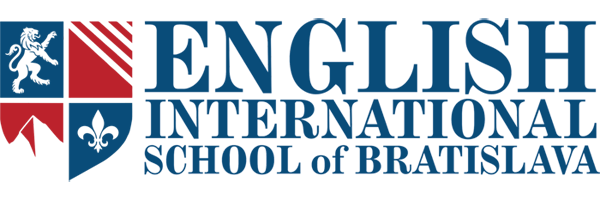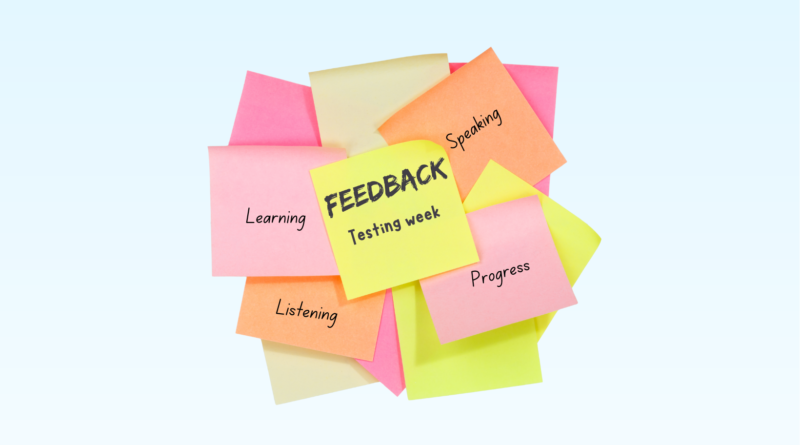What We Learned from the First Testing Weeks at EISB
At EISB, we have implemented the Testing Weeks proposal as a new approach to assessing language learning. These evaluations are designed to measure students’ competence and progress in each language. They consist of multi-level tests that reflect students’ actual abilities, regardless of their prior experience. The objectives of the Testing Weeks are to ensure that each student can demonstrate their skills fairly and accurately, to promote more effective and personalized learning, to serve as a tool for reflecting on the pedagogical methodologies used by teachers, and to collect valuable data that will help establish educational goals aligned with the specific needs of EISB, facilitating more effective long-term planning. If you want to read more about this topic, click on the following link: A New Approach to Language Learning Assessment: Testing Weeks.
To gather feedback effectively, we conducted individual surveys with students, allowing them to reflect on their experiences and share their thoughts in a structured manner. In addition to this, verbal feedback was also collected during class discussions, where students had the opportunity to voice their opinions directly. These combined insights have provided us with several key lessons that will help improve our educational approach.
- The importance of student feedback
One of the most significant learnings has been the need to listen to students’ opinions and comments. By doing so, we manage to engage them in their own educational process, making them feel valued and heard. This feedback not only enriches the learning experience but also provides valuable insights for improving our pedagogical approach. - The relevance of objective assessment
We have learned that having assessment tools that provide more accurate and objective data is fundamental. Through the Testing Weeks, students have been able to identify their areas for improvement and the skills in which they excel. This goes beyond personal impressions and allows for a more structured and clear approach to learning. - Understanding students’ levels
It is crucial for teachers to know where their students stand regarding proficiency levels in the four skills: writing, reading, speaking, and listening. This information is essential for designing lessons and activities that align with their competency levels, which in turn enhances their strengths and addresses their weaknesses. - Tailored lessons
Based on the data obtained from the assessments, we can offer a more personalized approach in our lessons. This not only benefits students by addressing their specific needs but also enriches the class dynamics, creating a more effective and collaborative learning environment.
Furthermore, from everything mentioned above, the use of the Common European Framework of Reference for Languages (CEFR) is beneficial for placing students’ levels on a scale recognized worldwide by organizations all around the world. It also promotes consistency in language use.
After this first experience and with feedback from students and teachers, we will continue to improve this proposal to achieve the stated goals more concretely. We are committed to implementing the lessons learned and adapting our strategies to promote a more effective educational process aligned with the needs of our students.



